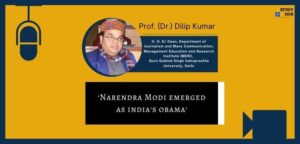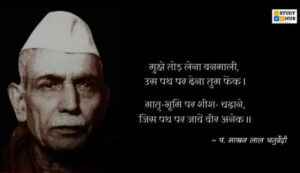Content developed by Yash Tiwari
The sub-editor who plays a key role in the editing process has been described as the midwife to the story, the most useful person in the newspaper.
The various steps involved in the editing process are briefly explained below. Since editing is carried out by sub-editors at the desk, the following steps are basically their responsibilities.
1. Ensuring accuracy
Good reporting is a key ingredient in ensuring accuracy. Sub-editors ensure accuracy by checking and rechecking the facts and if needed they would seek clarifications from the reporters. Carelessness can lead to blunders and embarrassing mistakes.
2. Trimming unnecessary words
Unnecessary words, adjectives, and adverbs should be not used. If an event is very interesting, it is sufficient to say it is interesting.

3. Protecting and polishing the language
Editing involves polishing the language. An editor should have knowledge of grammar and language usages. He plays a major role in protecting the language against abuse. People at the desk should know how to spell, to reorganize and clarify passages and protect the meaning of words. It contributes to better communication of ideas.
4. Correcting inconsistencies
Inconsistencies within the story should be detected and corrected. Inconsistencies in the story can confuse the reader.
5. Making the story conform to the style
The word ‘style’ in newspaper jargon refers to the consistency provided by rules of usage in a newspaper. Rules of style to avoid inconsistencies that would annoy the reader. The style gives the newspaper a sense of consistency that would be absent if goodbye were used in one story and goodby in the next.
6. Eliminating libelous statements
Libel is written defamation. The sub-editor must know the libel laws of the country. Libelous/ defamatory statements should be eliminated. It is the duty of the sub-editor to ensure that the stories are free from such statements.
7. Eliminating passages in poor taste
Some newspapers have policies banning profanity of any type. Others permit the use of some words but not others. For example, reputed newspapers by convention will not publish the victim’s names and other identities in a story on rape.
8. Make the story readable and complete
A story that is readable and complete has the following characteristics.
- It should be precise and clear.
- It has a pace appropriate to the content
- It uses transitional devices that lead the reader from one thought to the next.
- It appeals to the reader’s senses.
9. Writing attractive headlines
Write a headline that attracts the reader’s attention, summarises the story, depicts the mood of the story and helps the tone of the newspaper.
10. Editing pictures and designing pages
An important step in the editing process is the packaging of news stories on a page. Designing the page helps the reader to read faster and read more of what is written.





















